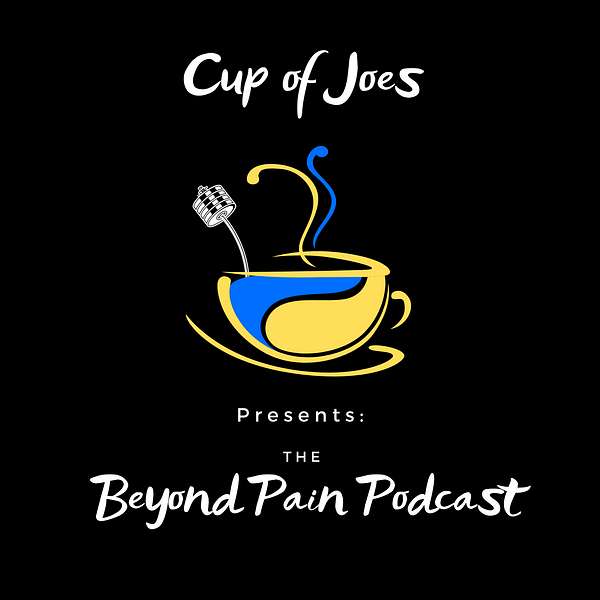
The Beyond Pain Podcast
Struggling with pain? Does it affect your workouts, golf game, plans for your next half marathon? Join The Joe's, two physical therapists, as they discuss navigating and overcoming pain so you can move beyond it and get back to the activities you love most. Whether you're recovering from an injury, dealing with chronic pain, or want to reduce the likelihood of injury tune into The Beyond Pain podcast for pain education, mobility, self-care tips, and stories of those who have been in your shoes before and their journey beyond pain.
The Beyond Pain Podcast
Episode 30: Birthdays and Training Intensities
DM Us! We love chatting with our audience, please feel free to do so on Instagram and say what's up!
Want to work with us? Apply here!
Watch on YouTube here.
Summary
In this episode of the Beyond Paint Podcast, hosts Joe Gambino and Joe LaVacca celebrate Gambino's birthday and discuss various personal and fitness-related topics. They delve into the importance of gauging training intensity, utilizing the RPE scale, and the five, three, one strength cycle. The conversation emphasizes the balance between pushing oneself in the gym and understanding personal limits, while also sharing personal anecdotes and experiences. In this conversation, Joe Gambino and Joe LaVacca explore the complexities of training, particularly focusing on the emotional and physical barriers that individuals face. They discuss the importance of understanding pain and discomfort in training, emphasizing the need for flexibility in training approaches to ensure success. The conversation highlights the significance of monitoring heart rates, recognizing personal limits, and adapting training strategies to accommodate individual needs and experiences.
Takeaways
Celebrating personal milestones fosters connection and community.
Understanding training intensity is crucial for effective workouts.
The RPE scale helps gauge effort and adjust training accordingly.
Failure in training is a skill that can be developed over time.
The five, three, one strength cycle is an effective training method.
New clients often struggle to gauge their own strength levels.
It's important to teach clients about their limits and capabilities.
Accessory work can vary in rep ranges based on training goals.
Emotional and physical loads can affect training intensity perception.
Creating a supportive environment encourages personal growth in fitness. People often have emotional barriers when starting training.
Heart rate monitoring can provide objective feedback during workouts.
It's important to assess both physical and emotional responses to exercise.
Training intensity should be adjusted based on individual comfort levels.
Pain guidelines are useful but not absolute; modifications may be necessary.
Untrained individuals can still see gains with lower intensity workouts.
Flexibility in training can lead to better adherence and success.
Small wins in training can boost confidence and motivation.
Understanding personal pain thresholds is crucial for effective training.
Success in fitness can come in many forms, not just traditional methods.